If there is one place in France where you are automatically silenced, it’s the Omaha beach cemetery. This is the place where US soldiers who died during the World War II D-Day are buried (not all of them, “just” 10,000).
After the Allies liberated France (and the rest of Europe), the French government donated the land to the USA for every and for free, with no taxes or any other costs. It was France’s way to honour the fallen soldiers and use it as their last resting place.
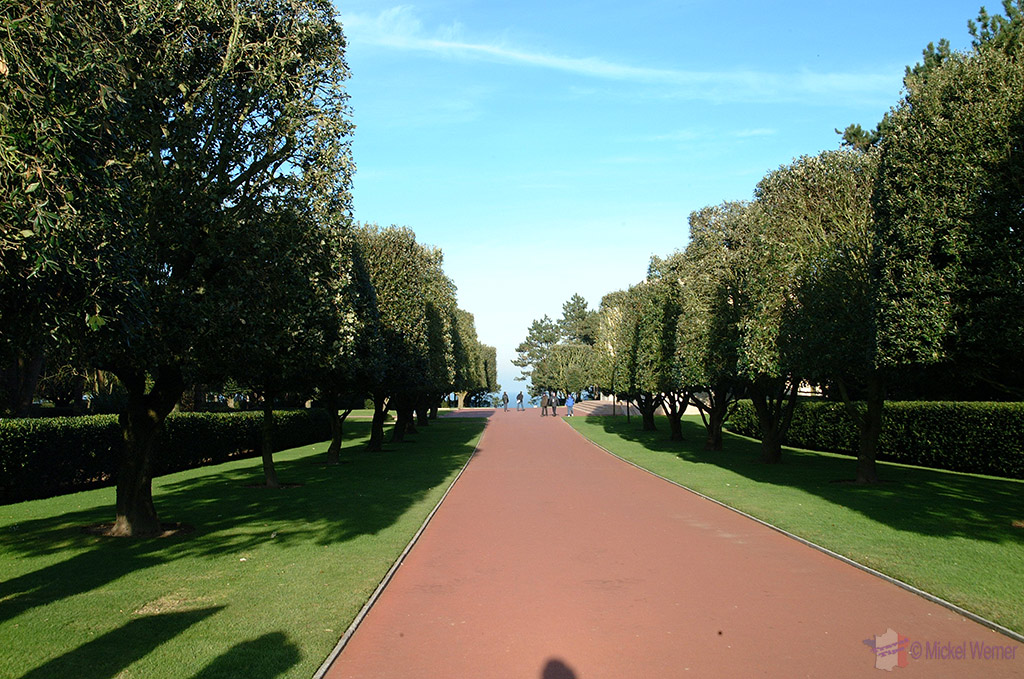
Needless to say, once you enter the gates, the silence is loud. In most cemeteries there is always some noise, but it seems that at Omaha by whatever miracle, it is quite. The grounds are kept and administered by the USA. It’s like entering into the USA, but you don’t need a passport, nor will you get jet-lag. The American flag flies proudly over the cemetery.
In the distance you see behind the trees a chapel:

And once you enter the main grounds, you will notice that all signs are in English, like here with the Information Office:
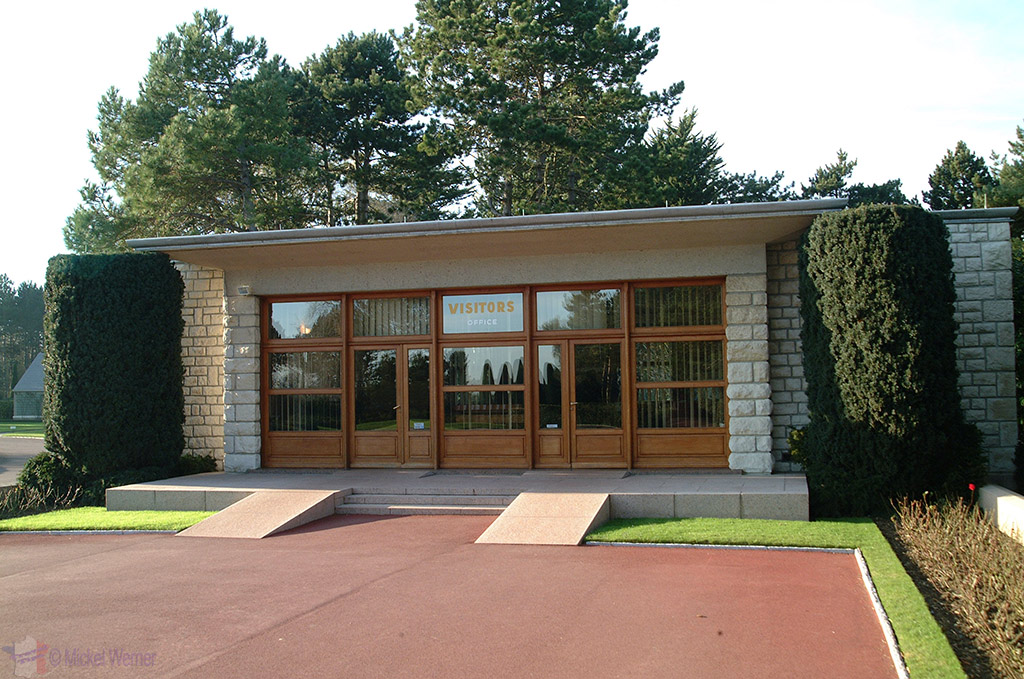
On the side are drawings depicting the D-Day invasion, explaining what happened, and where (the notorious landing beaches; Utah, Juno, Gold, Omaha, Sword). It’s a lesson in history, and if you are so inclined, you can visit all the landing beaches since they are all quite close.
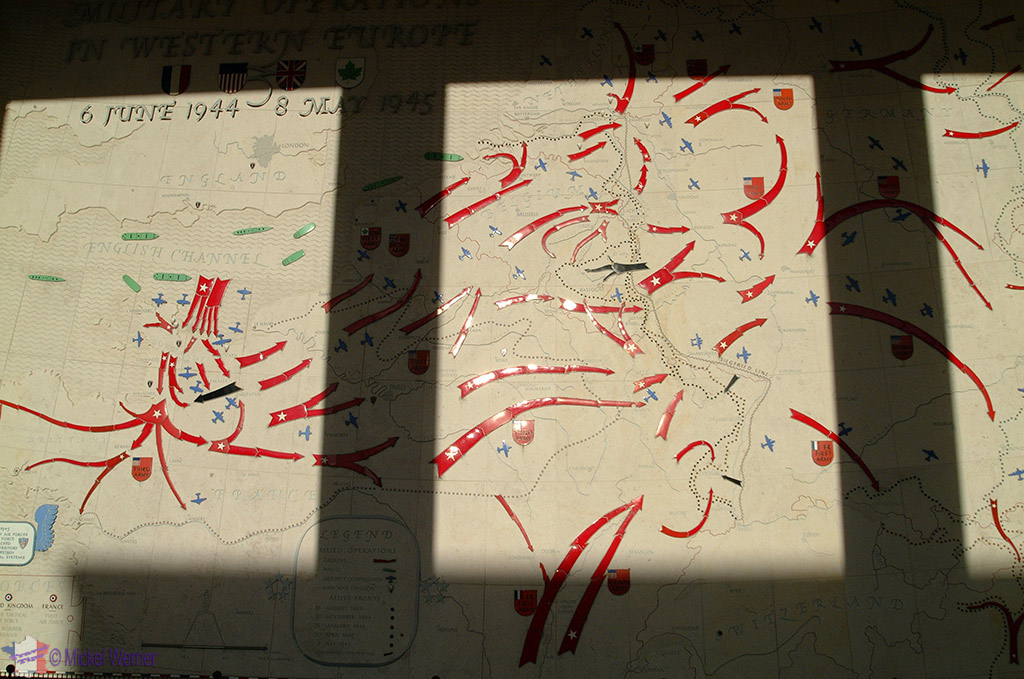
Next to this is the main memorial monument. It’s not grandiose, it’s sober and thought provoking. It is inscribed with 1,557 names of American soldiers who went missing and could not therefore be buried.
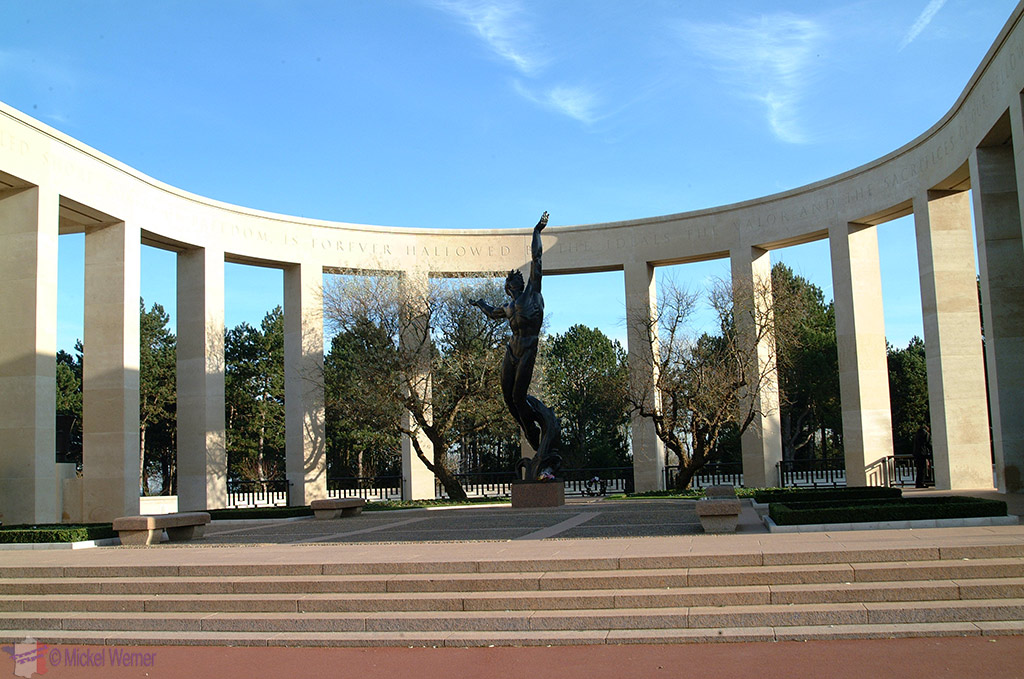
Leading way from the memorial monument is a reflecting pool, reaching out towards the graves.
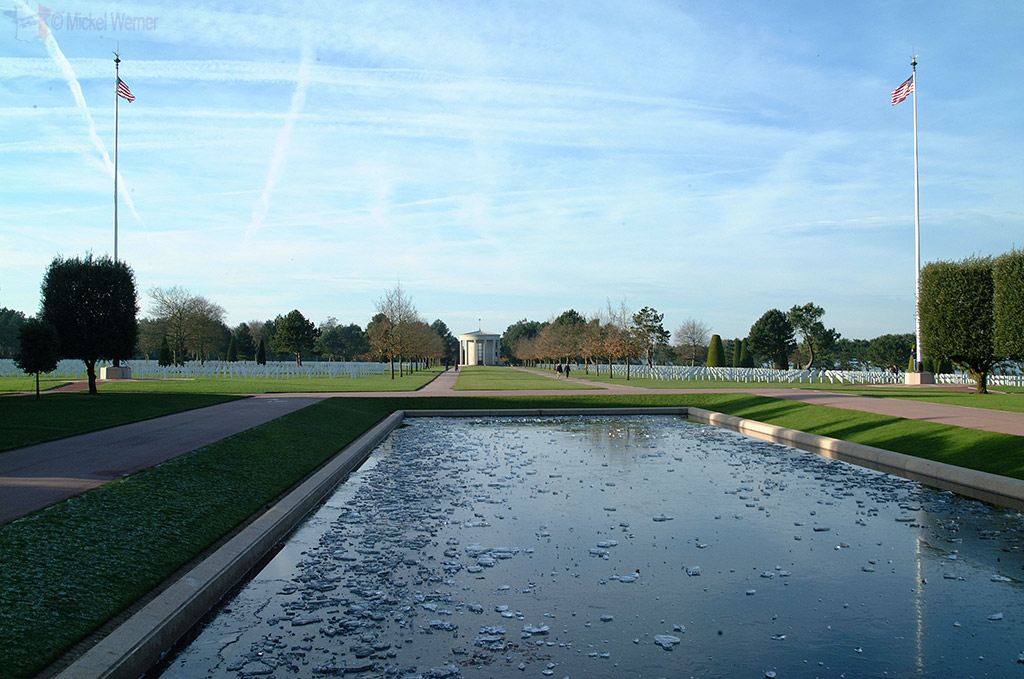
And from there, as far as you can see, are 1000’s of graves.

The amount of graves is staggering. It’s this sight that really tells you the horrors of war, where you can see how many lives were lost (considering that this is only one of many cemeteries in France). Many graves are marked with the soldier’s name, but there are also many without a name.

But not all were unknown, some were even well known, like the sons of President Roosevelt, Theodore Roosevelt Jr. and Quentin Roosevelt (although he died during World War I), and there was even a General who died in action, General Lesley Mcnair.
From the side of the sea you can see the landing beaches and dunes that had to be taken by the Allied forces:

If you imagine the German occupation forces on the top of the hill where the cemetery is, you can image the bloodbath that followed for the brave Allied soldiers.

Summary
Altogether, it’s a very special place to visit and understand the evil of wars. Once you have been to a place like this, were you see so many graves of soldiers who mostly died in the first day, you can image the craziness of war.
Things To Do/Things To See/Tips
Click here for Tips/Things To See/Things To Do At Omaha Beach Cemetery
Related Posts
- 68
- 63


